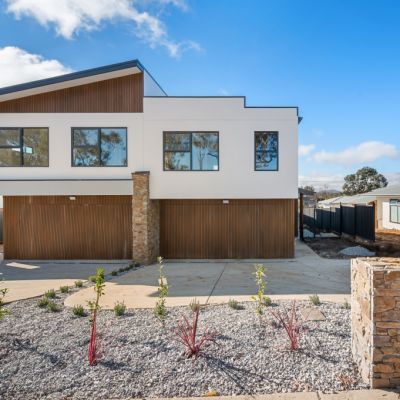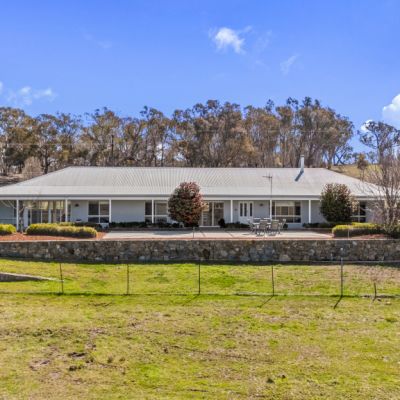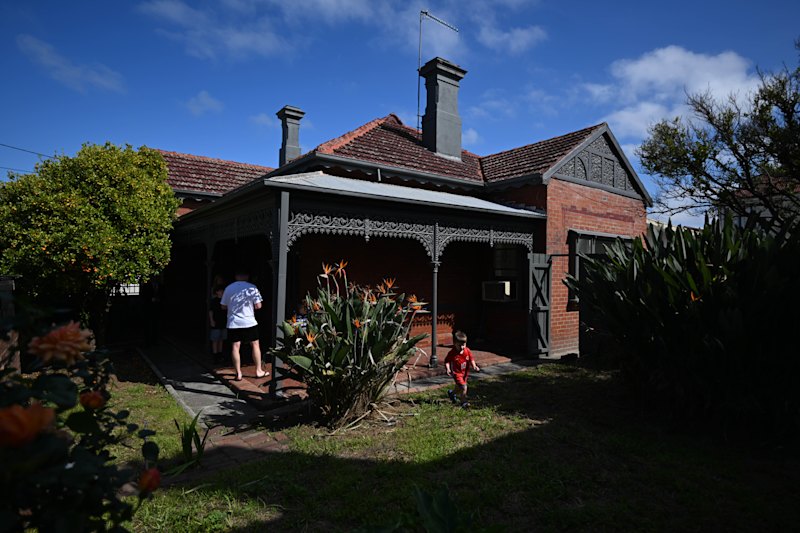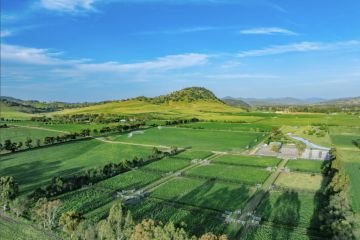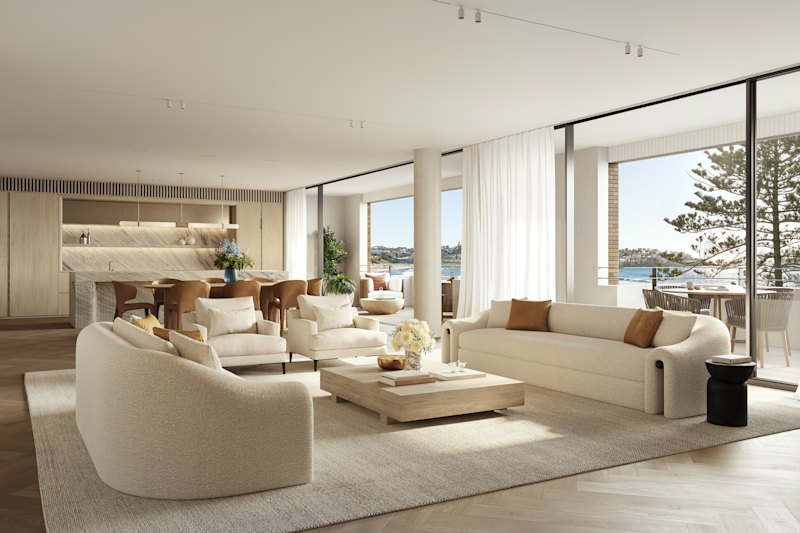Is it possible to build a durable house out of straw? These owners assure you that it is
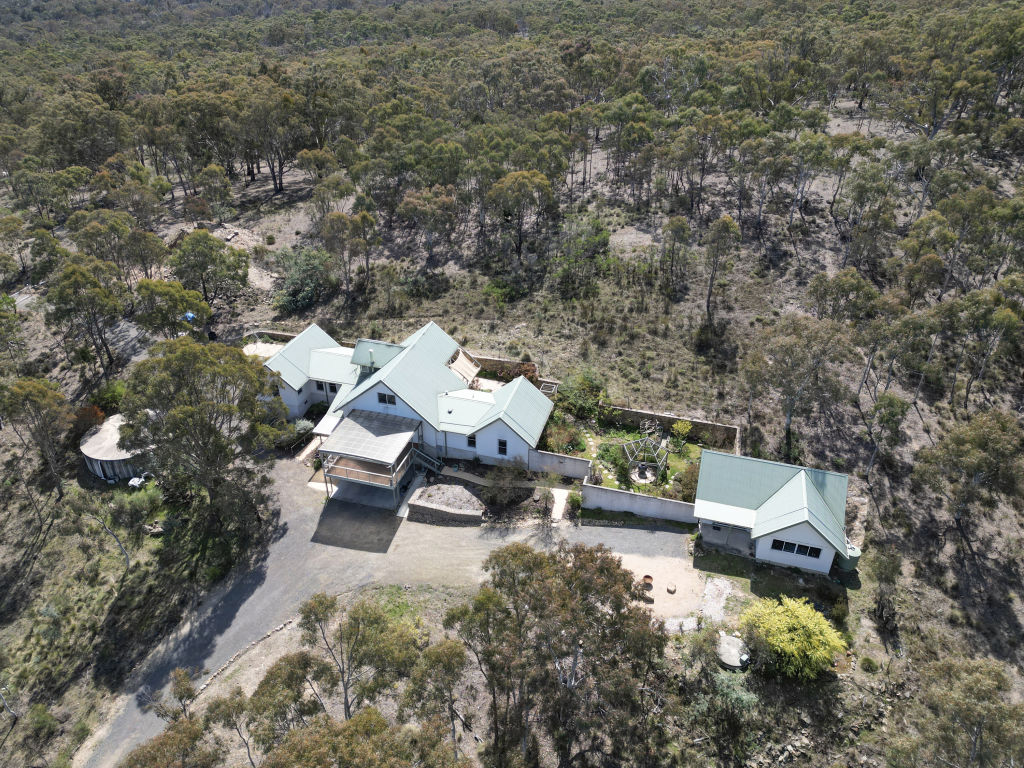
Straw-bale homes are still a relative rarity in Australia, but considering their numerous benefits, it’s a wonder there aren’t more of them.
Perhaps their biggest claim to fame is their outstanding insulation performance.
Teresa and Henry Nugent thoroughly researched straw-bale construction before building their Bywong home, Terrenlea.
Teresa says the initial attraction of straw-bale construction was that the homes are sustainable, solid and long-lasting.

“Plus, we love the look that has been achieved at Terrenlea,” she says. “Who can resist its lovely, gently curving walls and large windowsills to sit on and take in the views?
“The home has a warm, relaxed and inviting feel; visitors say how peaceful and welcoming it is – they never want to leave.”
Teresa says the house’s excellent insulation properties have been well tested and provide very stable internal temperatures throughout the year.
“Double-glazed windows and thick walls also ensure it is very quiet,” she says.
Environmental sensitivity was equally considered in the home’s interior fittings and finishes.
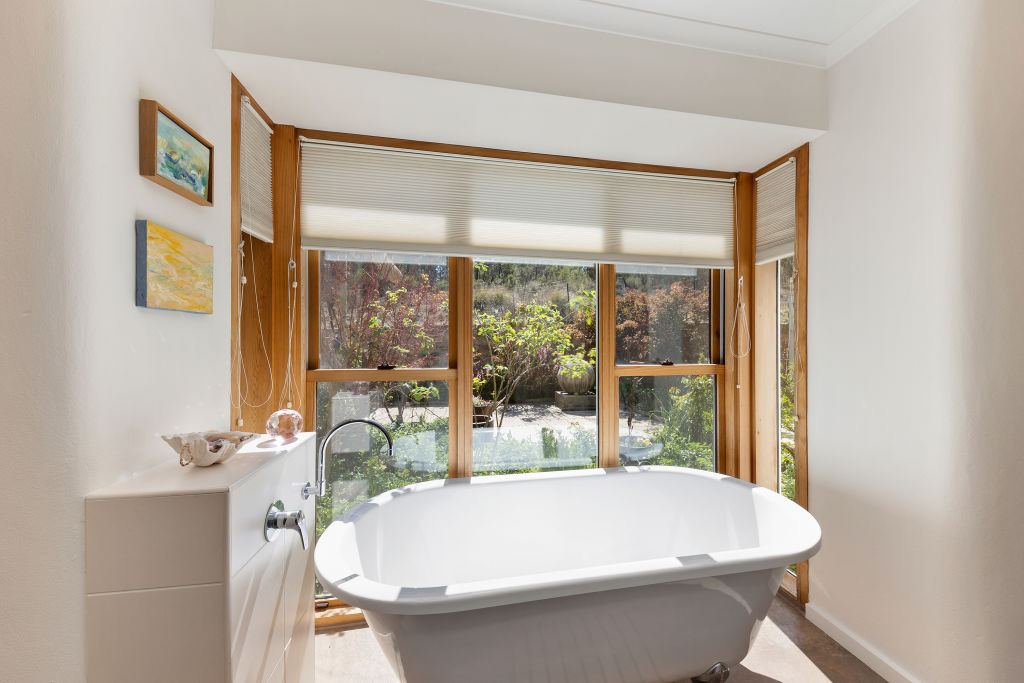
“Recycled timber from Thor’s Hammer has been used for beautiful cabinetry in the kitchen, laundry and bathrooms, and above the fireplace,” Teresa says.
“We also incorporated natural cork tiling and deliberately steered away from using MDF [engineered wood] or rainforest origin timbers.”
For those who like the idea, straw bale homes are also highly fire resistant. The tightly packed straw is covered with thick clay and render, reinforced with fibreglass matting.
The owners of Terrenlea added a comprehensive sprinkler system to further protect the property from potential bushfire.
However, it would take some powerful huffing and puffing to disturb the composure of the home.
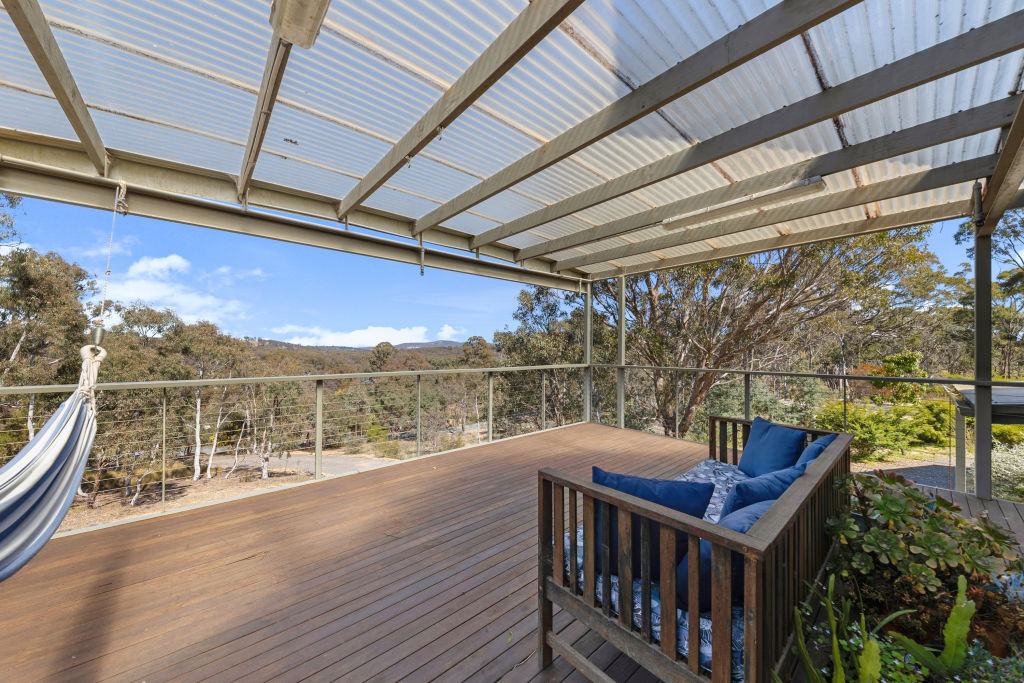
Typically, the tightly packed bales used in Australian residential building can each weigh up to 16 kilograms. They provide significant strength, fire resistance and – most importantly – insulation.
The upside of maximum insulation is, of course, optimum comfort and reduced running costs.
Straw-bale construction ensures this home is cool and comfortable in summer, and warm and cosy in winter.
The home’s solar-passive design is enhanced by a northerly orientation, ensuring an abundance of natural light and warmth during the cooler months.
Other features include a lime-based external render, a clay-based interior and double glazing.
Outside there is a separate studio with its own kitchenette amid organic gardens.
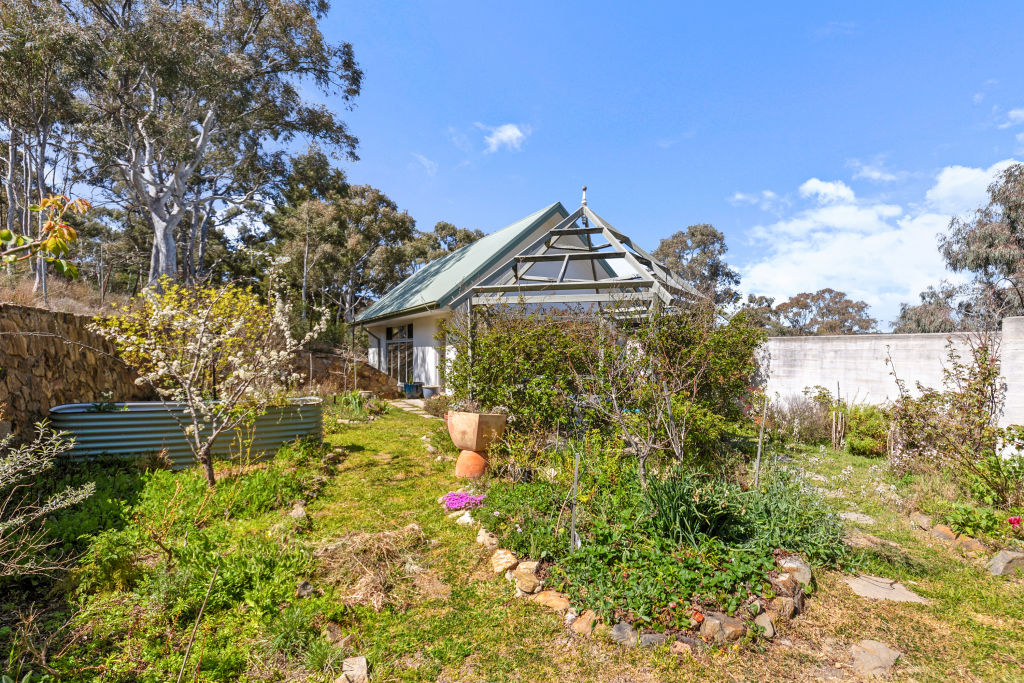
Straw poll
Big picture
Straw bales provide high levels of insulation efficiency for year-round comfort, reducing heating and cooling costs. Straw is a cost-effective building material, but can require more labour in construction.
Fire resistant
It seems counter-intuitive, but using tightly packed straw bales in properly constructed walls can restrict the flow of oxygen, starving a potential fire of its fuel. Preparation during building is key.
Healthy alternative
Straw is a natural material without the potentially toxic outgassing of many manufactured materials. Check the source of the straw for use of fertilisers and pesticides.
Listings in the area



We recommend
States
Capital Cities
Capital Cities - Rentals
Popular Areas
Allhomes
More

